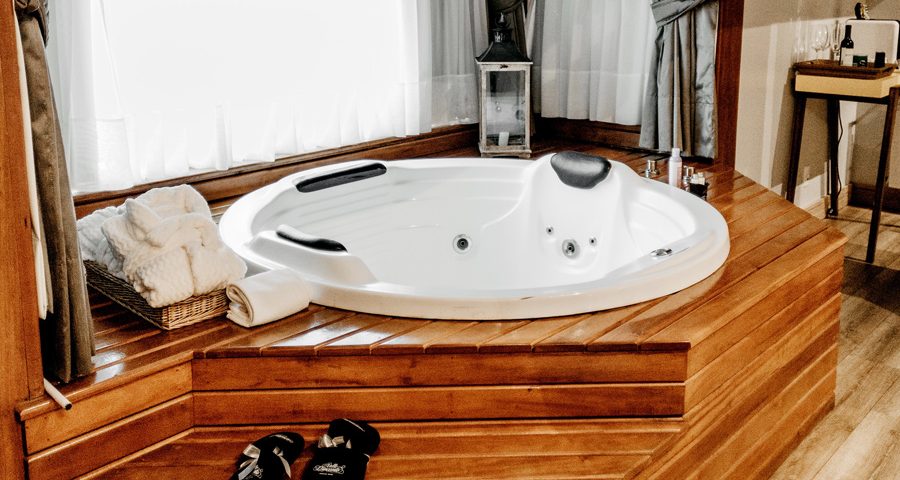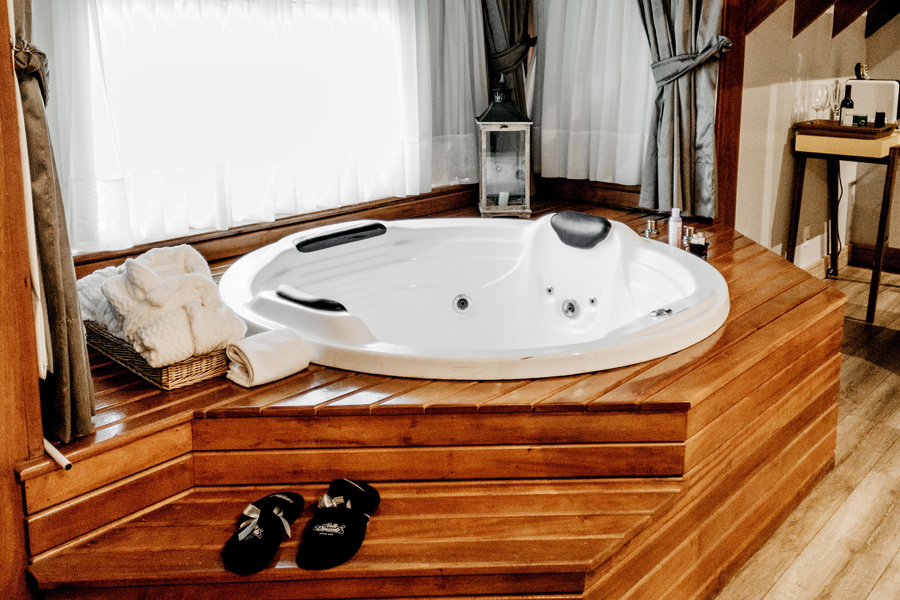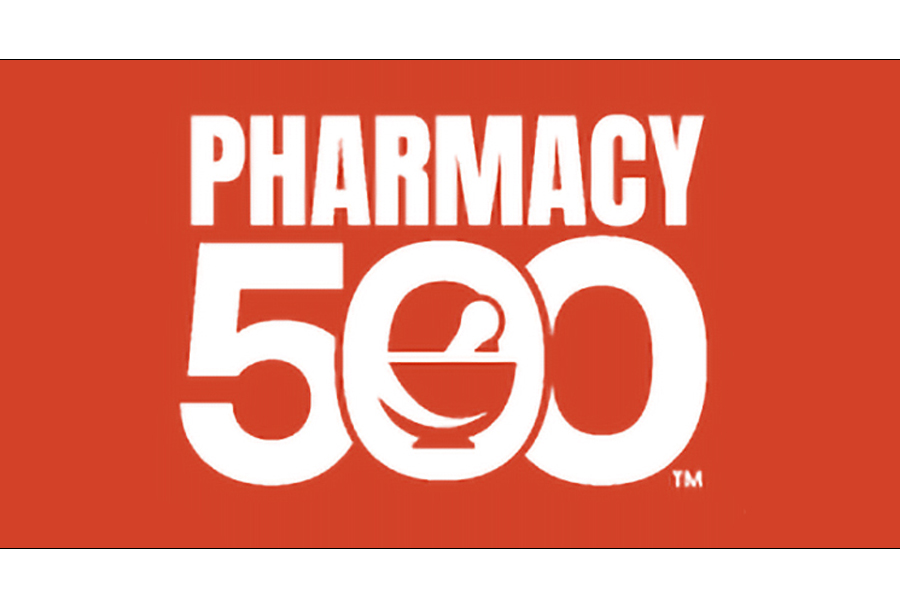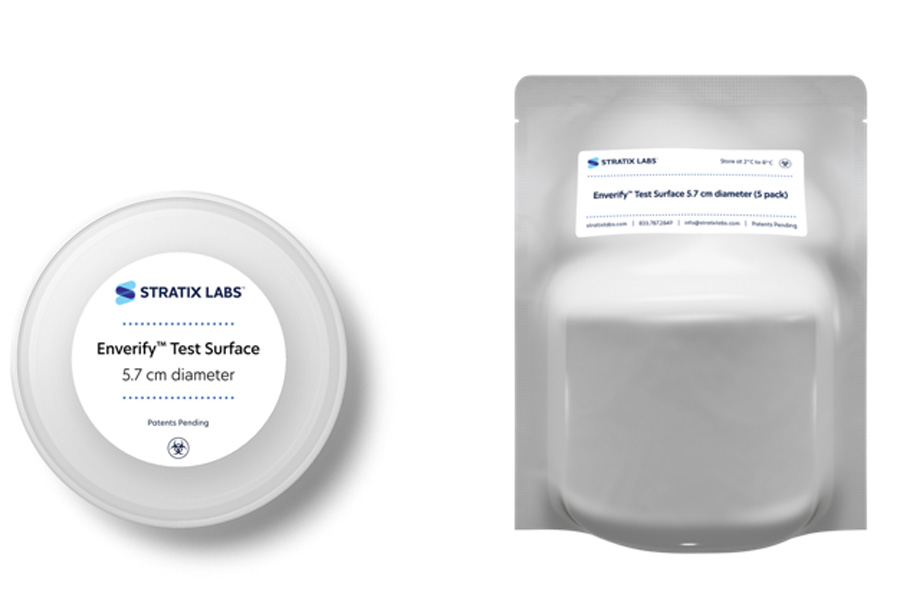
Legionella Testing, Hot Tubs & Spas
Legionnaires’ Disease in Hot Tubs

Both public and personal hot tubs are at risk for harboring bacteria that cause Legionnaires’ Disease. In 2018, 15 people were sickened at a New Hampshire hotel from a Legionella outbreak that was traced to the property’s hot tub. This fall, 128 people fell ill after exposure to a hot tub vendor display at the North Carolina Mountain State Fair.
Each year between 8,000 and 18,000 people contract Legionnaires’ Disease, a severe and often deadly form of pneumonia caused by Legionella pneumophila bacteria.
Unfortunately, under the right conditions, hot tubs, spas, and whirlpools can become colonized with Legionella and generate tiny water droplets contaminated with the bacteria. Every hot tub owner needs to be more aware.
What is Legionella and Legionnaires’ Disease?
Legionella is a bacterium found naturally in water. When it is introduced to warm water, it thrives, making hot tubs, warm water sources, and even HVAC systems a welcome home. Each year between 8,000 and 18,000 people in the United States contract the disease. It is called Legionnaires’ Disease because it was first identified during a 1976 outbreak in Philadelphia, PA that occurred during the Annual Convention of the American Legion. There were 29 fatalities.
Legionnaires’ Disease cannot be transmitted from person to person, nor is it contracted merely by coming into contact with infected water. To get sick with Legionnaires’ disease, you must breathe in small droplets of water containing the Legionella bacteria.
Symptoms —which take between 2 and 10 days to develop— include fever, chills, and a cough. Muscular aches, headache, confusion, and diarrhea may also occur. As the disease progresses, the most serious consequences can be renal and liver failure.
Prompt treatment with antibiotics is the recommended course of care.
Why are Hot Tubs at Risk?
Because infection occurs after breathing in small droplets of water containing the Legionella bacterium, any fixture or water system that exposes people to splashing water or a fine spray of water can be suspect. This includes showers, fountains, and misters, along with hot tubs, spas, and whirlpools.
Keeping hot tubs and spas as clean as possible is the first step. The use of disinfectants like chlorine is recommended; however, chlorine breaks down more quickly in warm water and must be regularly renewed. Clean your hot tub every 3 months, or more often if it is heavily used.
Regularly check your filters and keep the pH level of the water between 7.4 and 7.6.
No one wants their customers, family, or friends to become sick with a dangerous form of pneumonia. In addition to keeping your hot tub clean, you can have water tested for the presence of Legionella.
Legionella Testing from U.S. Micro-Solutions.
U.S. Micro-Solutions is a microbiology laboratory licensed and accredited for expert environmental testing, including water analysis and identification of specific pathogens.
We offer the gold standard ISO 11731 culture method coupled with species identification of Legionella by MALDI-TOF mass spectrometry. Our services include testing potable, nonpotable, and industrial water and swab samples.
Visit our Legionella Testing Page to learn more about Legionella guidelines, collection instructions, chain of custody, and to view sample reports.
U.S. Micro-Solutions is accredited by CDC ELITE, New York ELAP, and AIHA-LAP, LLC.
If you would like to learn more about U.S. Micro-Solutions’ water testing services, please give us a call at 724-853-4047, or visit our Contact Us page.



